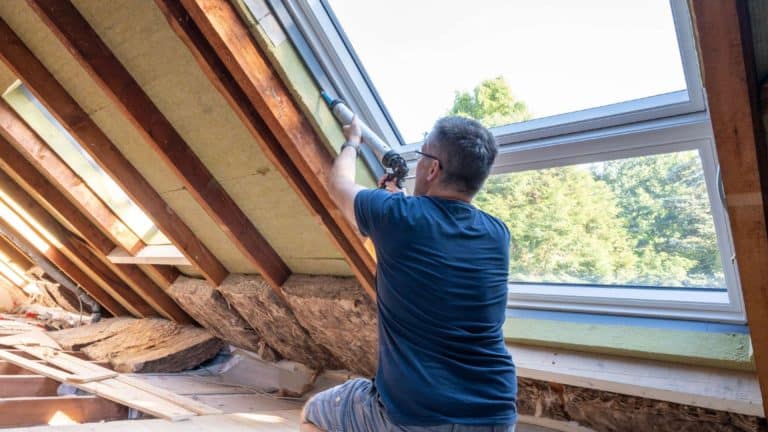
The climate crisis is a health crisis
The U.S. House recently passed infrastructure legislation along with a budget resolution that could be its “strongest-ever climate bill,” with essential provisions like the Clean Electricity Payment Program (CEPP) that can realistically get us to 80 percent clean energy by 2030.
But more to the point, if key plans to revolutionize our energy, transportation and agricultural sectors and dramatically reduce carbon emissions are included in the final budget reconciliation package, Congress will pass more than climate and infrastructure bills — they will protect American families with bold and crucial health bills.
The deadly heat of this oppressive summer alone has made it clear — the climate crisis is a health crisis. Dire forecasts from the latest International Panel on Climate Change (IPCC) report point to even greater increases in heat and humidity. If we don’t aggressively curtail our use of dirty fossil fuels, the world will continue to get hotter, faster — with more extremely hot days that will last for longer stretches of time.
Across the country, doctors are treating the heat impacts of climate change. This is not our future, this is our now.
During the first of multiple record-breaking heatwaves in Portland, Ore. emergency responders found people comatose on streets, in bushes — some without any identification. Nurses were forced to use their patient’s lifeless fingers to unlock any cellphones with fingerprint ID to identify these unnamed people — then inform family that their loved ones were in the hospital, on a breathing machine recovering from heatstroke.
Heatstroke is too simple a word to accurately describe what happens when we encounter temperatures beyond our limits, temperatures that we cannot adapt to: our nerves stop communicating, our proteins unfold and our cells disintegrate.
In essence, on a cellular level, we melt.
A fearful prospect? Certainly. But the recent IPCC report also makes it clear that there are actions that we can take, if not to reverse the irreversible, to keep temperature rise from getting much worse. The good news is that Congress is finally on the cusp of moving forward with historic legislation that will protect our lives and our livelihoods.
Because climate change — and its effect on health — is one of the most complex problems of our time, we cannot rely on a single “silver bullet” solution. As climate scientist Jeremy Hoffman recently put it during an interview with me, we’ve got to invest in “silver buckshot.” We’ve got to attack this health crisis, at scale, with simultaneous solutions.
Already, we spend more than $850 billion every year on the health impacts of polluted air and climate change-related disasters-like the scorching heatwaves we just experienced — and this cost is only expected to grow with the accelerating pace of climate instability. The side effects of each “climate solution” will pay us back in lives saved and lower healthcare costs.
For every dollar invested in clean, renewable energy, we are paid back in long-term health benefits from fewer people suffering from heat-related illnesses and death.
And massive investments to electrify the transportation sector and green the agricultural sector will lead to almost immediate, near-term health benefits from cleaner air, water and soil.
Dedicating funds in the budget to prioritize the clean-up of the most devastated communities — largely low-income and communities of color — also protects us all. Wind blows and water flows, so pollution does not stay within localized boundaries. When dirty fuels are eliminated, the people living in communities where these industries operate will see rapid health benefits — but so too, will all communities, even those that are hundreds of miles away.
Each bold proposal, like the CEPP, paired with an aggressive timeline, plays a role in treating the problem and each piece protects our health. We cannot afford for these critical pieces to be diluted down.
Some may say that the costs are too high, but the costs of doing nothing are even higher. We are finally at a moment when most Americans agree that investments to address climate change must be made to protect both the health and the financial interests of American taxpayers. This moment must be seized.
Others fear that though we may do our part as Americans, the leaders of other nations will not do theirs. Regardless of the actions of other nations, our investments will enable us to protect American health and demonstrate American leadership. Enacting clear policy will also serve us as we look to bring along other nations during the upcoming United Nations climate conference (COP26) in November 2021.
Congress must pass all legislation that invests massively in our clean energy, infrastructure and jobs future — and they must do it without further delay.
These are much more than infrastructure and climate bills — they are health bills that will save American lives.


